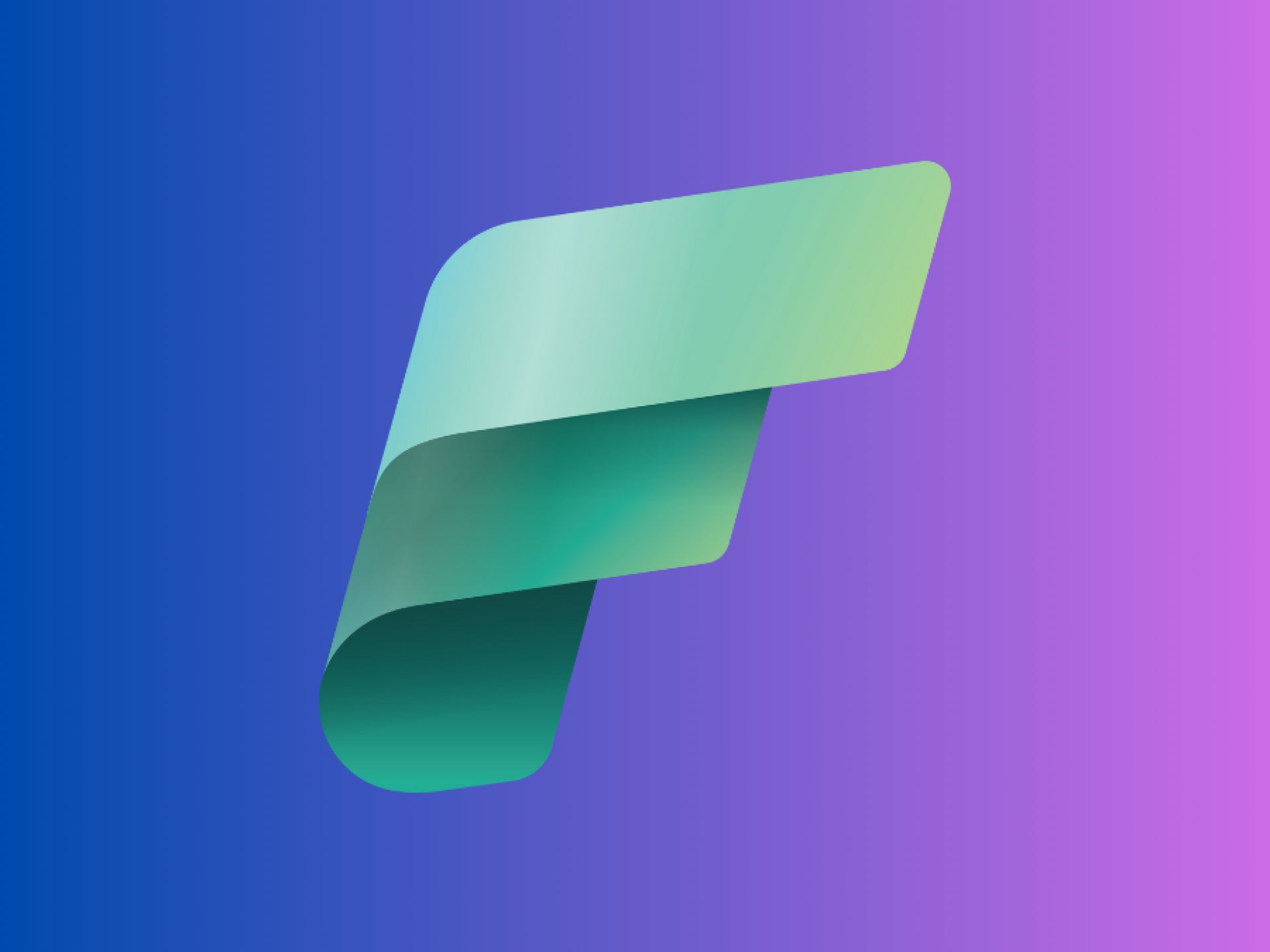Microsoft Fabric is an unified platform that helps to manage and leverage data more effectively without the complexity of managing multiple separate systems and databases.
Scalability of data plays a big factor here.
With OneLake, you don't have to put the data you push to Fabric into a particular table structure beforehand in order to still be able to use it in a structured way in Power BI later.

The challenge
While Fabric is a significant advancement, it's not a plug-and-play solution for BI and data analysis. Importing data into Fabric is just the first step.
What comes next?
Once the data is in OneLake, you'll need to work with new techniques—SQL is no longer used. This introduces a steep learning curve due to the need for specific skills like writing notebooks and using Spark to process data into a model for Power BI reports.
Creating content in Fabric becomes a labor-intensive process. BIRDS can alleviate this burden for your organization.
The added value of BIRDS for Fabric
A proven architecture for complete data processing within your Fabric environment.

Structure
The process of transforming raw data from ERP and other systems into a logical, consistent, and usable structure for reliable analysis and reporting in Power BI.

Orchestration
Coordinating and automating various data-related tasks and workflows to ensure smooth and efficient operations within Fabric.

Content
The kickstart that provides access to Sales, Finance, and Supply Management data in Power BI within just a few days after implementation in Fabric.
FAQ
Microsoft will discontinue support for the Data Lake connector at the end of 2024. While you can switch to Synapse Link in the short term, it's expected that Microsoft will eventually recommend migrating to Fabric.
If you have any questions about this development or the transition to Fabric, feel free to contact us.
Yes, Microsoft Fabric is designed to work with various cloud providers, allowing you to integrate data from multiple cloud environments.
However, without BIRDS, you would still need to orchestrate and structure this data yourself for use in Power BI reports.
No, currently, you need to push data from the BC cloud to Fabric via the open-source solution BC2ADLS.
Microsoft Fabric is primarily designed for cloud-based sources and works optimally with data stored in the cloud.
Integrating on-premise sources is highly complex and, therefore, not recommended.
Got questions?
Schedule an online session with BI advisor Joep Lugtenberg to explore how BIRDS can help you gain deep data insights in a Microsoft Fabric environment.



